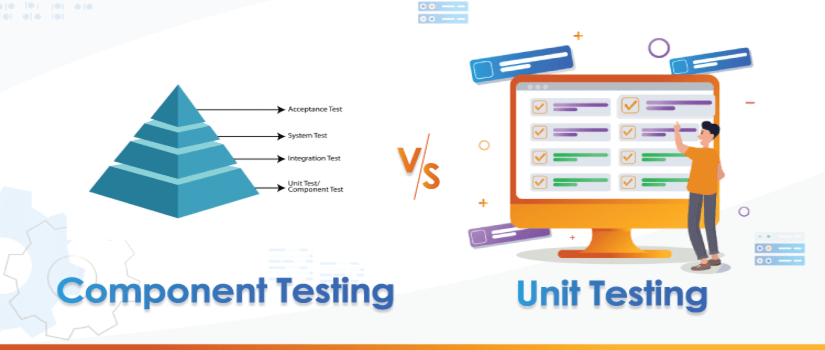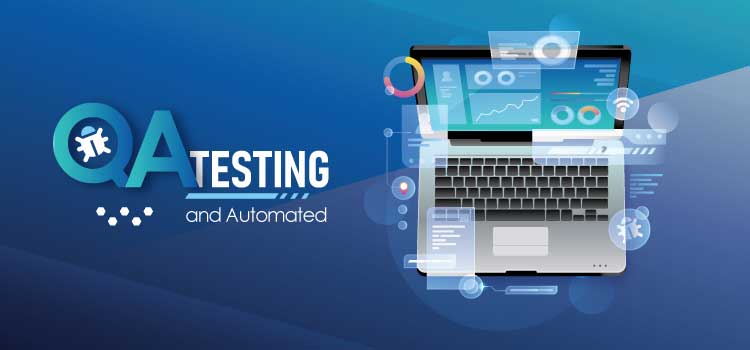Healthcare data is collected from different sources and EHRs are the main source of healthcare data. NLP is helping healthcare organizations to effectively use to get actionable and meaningful insights from this huge health data.
AI utilization has become very prominent and some of the AI-driven Healthcare Applications make use of NLP.
NLP simply helps in understanding and handling human-generated spoken or written data.
The challenge of digitizing the healthcare sector is almost over, however, the quest to effectively analyze and utilize this data by gaining meaningful insight into it is still continuing. This big data repository needs NLP for its advantageous utility in the healthcare sector.
The healthcare sector understands the importance of healthcare data. In the healthcare sector the main problem is a huge portion of unstructured data and of compromised quality. This brings forward the challenge of data extraction and utilization of healthcare data to benefit from NLP.
NLP (Natural Language Processing) in healthcare is growing at a rapid pace.
To leverage unstructured data, NLP the subcategory of AI plays an effective role.
NLP can be simply defined as ‘A branch of AI that reduces the distance between the capabilities of a human and machine’. NLP is an algorithm-based principle that helps in the analysis of text data, images, and other unstructured data. It summarizes the whole unstructured information from which one can then generate meaningful insights.
NLP Use Cases
1. Extracting meaning from Human Speech by interpreting it.
2. Unlocking unstructured data in documents and databases by extracting relevant values and making this information available for decision support along with analytics.
3. It can be used to parse and abstract key information from a variety of resources.
Factors Driving The Growth Of NLP In Healthcare
1. Managing The Spike In Healthcare Data
Advanced technologies have made it possible to store and process large volumes of data over the cloud. The need to handle this spike in data is ever growing. The demand to make sense of this data and to gain meaningful actionable insights on healthcare data for personalized treatment is growing.
2. Speech To Text Dictation
Electronic Medical Record systems have complex architecture and data documentation is a complex task within an EMR. NLP offers speech to text dictation, which allows automatic capturing of data at the preliminary point of care. This saves a lot of time and hassle of a physician who has to do document each component of care delivery.
3. Integrating NLP With EHRs
NLP can improve the accuracy of EMRs and also make EMRs function at their fullest potential by transforming the free text into standardized data. This makes the documentation part very easy as doctors can simply dictate notes which get turned into documented data by using NLP.
NLP integration to EMRs is relieving physicians and doctors from burdened work of documenting everything. Siri & Alexa virtual assistants have already entered the healthcare space and are assisting with administrative tasks of customer service and front desk help.
NLP offers the ability to capture the unstructured Healthcare Data and can identify the meaning of the information. It ends up resulting in lowering the cost and makes available the information required for big data analysis.
Clinical notes are complex. To extract key information from clinical notes NLP techniques become very handy. The clinical notes can be categorized for orderly access and this makes research easy and fast.
NLP is used for the summarization and visualization of information for the chart review, it helps doctors to quickly get an overview of patient history. It reorganizes coding and billing. It helps Providers to diagnose patients more effectively and medical errors are reduced.
4. Health Literacy
Interactions with an intelligent healthcare chatbot are bringing at the doorstep of patients the information that is needed to make them aware of their health conditions and they can make informed decisions about their health.
Specific tasks for NLP systems may include:
• Summarizing lengthy blocks of narrative text, such as a clinical note or academic journal article, by identifying key concepts or phrases present in the source material
• Mapping data elements present in unstructured text to structured fields in an electronic health record in order to improve clinical data integrity
• Converting data in the other direction from machine-readable formats into natural language for reporting and educational purposes
• Answering unique free-text queries that require the synthesis of multiple data sources
• Engaging in optical character recognition to turn images, like PDF documents or scans of care summaries and imaging reports, into text files that can then be parsed and analyzed
• Conducting speech recognition to allow users to dictate clinical notes or other information that can then be turned into text
Example Of How NLP Can Help Make Better Decisions?
In 2014 IBM came up with its WATSON Health Wing. IBM partnered with EPIC and the Carillion Clinic in Virginia to find out how NLP and Machine Learning could be potentially used to flag patients with heart disease. This is the first step for helping clinicians to take the right action for patient care.
“Using unstructured data was found to be important in this project,” explained Paul Hake, who worked for the IBM Smarter Care Analytics Group at the time. “When physicians are recording information, they’ll just prefer to type everything in one place into the notes section of the EMR. And so this information is kind of lost. It’s then almost a manual process to map this unstructured information back into the EMR system so that we can then use it for analytics.”
“We can run natural language processing algorithms against this data and automatically extract these features or risk factors from the notes in the medical record.”
The system didn’t stop at highlighting pertinent clinical data. It also identified social and behavioral factors recorded in the clinical note that didn’t make it into the structured templates of the EHR.
“Those are some of the factors that are significant in terms of the risk factors,” said Hake. “Is the patient depressed? What’s the living status of the patient? Are they homeless? These are some of the factors that turn out to be important in the model, but they are also things that can be missed from a traditional analysis that doesn’t consider this sort of unstructured data.”
The pilot program successfully identified 8500 patients who were at risk of developing congestive heart failure within the year. Watson ran through a whopping 21 million records in just six short weeks and achieved an 85 percent accuracy rate for patient identification.
Ref: https://healthitanalytics.com/features/what-is-the-role-of-natural-language-processing-in-healthcare
Conclusion
NLP in healthcare has limitless potential. The major thing that will contribute to the success of NLP in the healthcare sector would be to develop accurate, intelligent algorithms that are health-specific and to create user interfaces that help clinical decision making easy. NLP can exceptionally help in the extraction and presentation of unstructured data and can un-tap infinite possibilities of supporting the healthcare industry.
For any data or NLP related need, please feel free to Contact our healthcare data analytics team.











